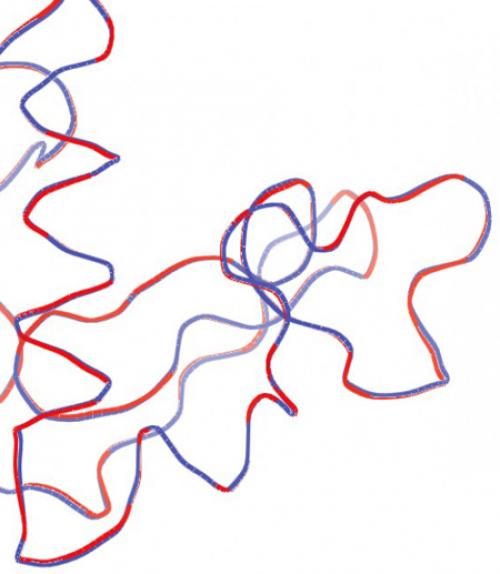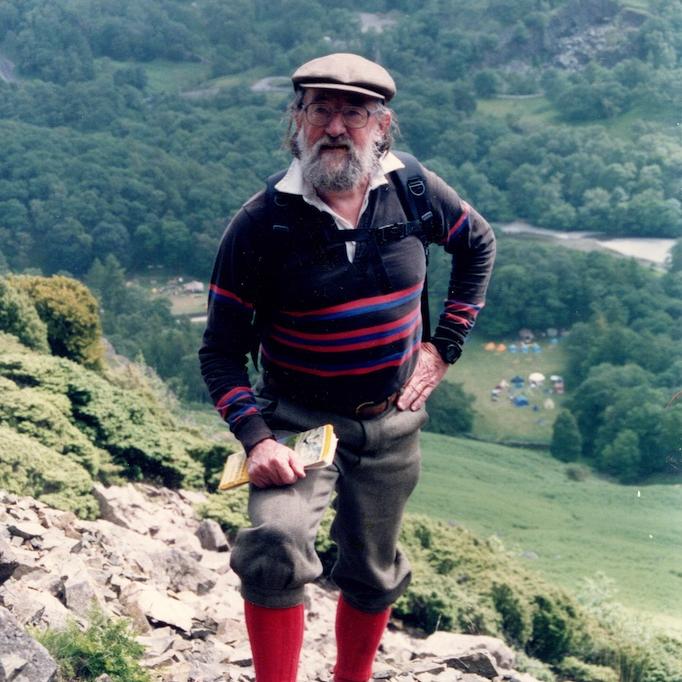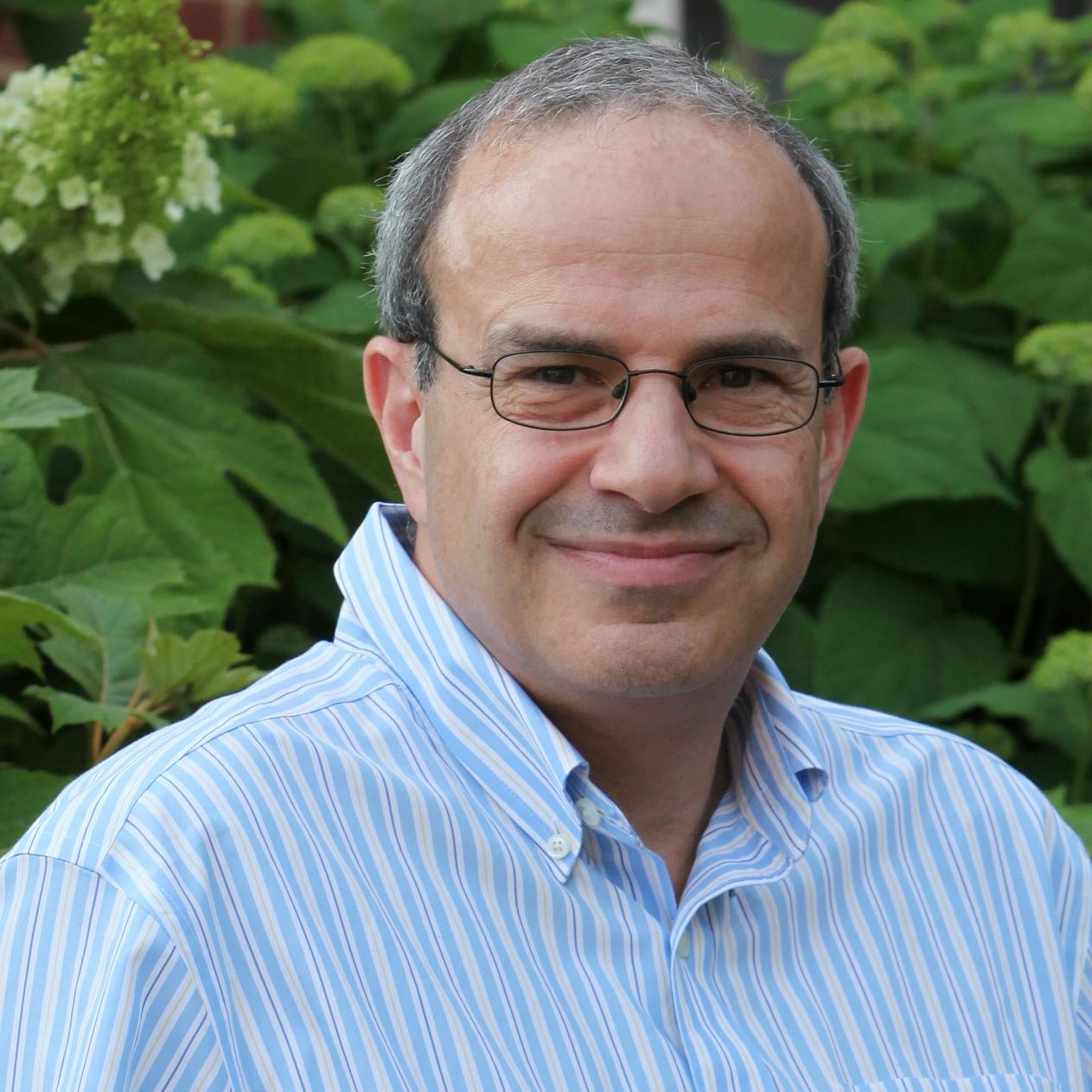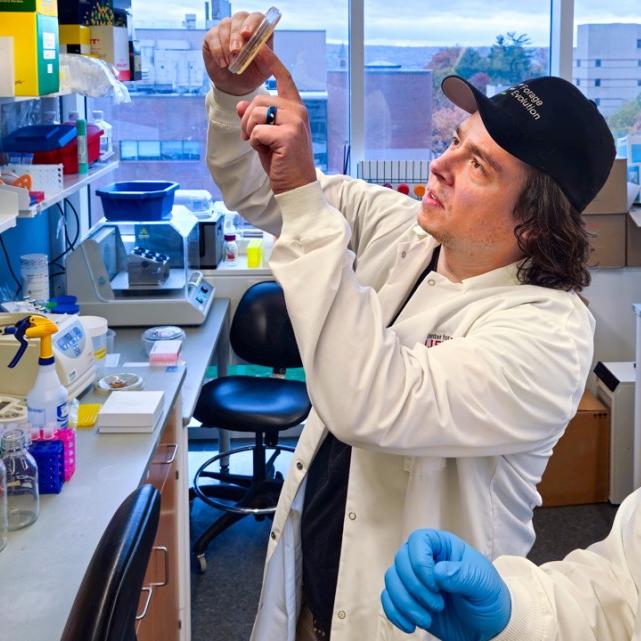
 Department Homepage
The College of Arts & Sciences
Department Homepage
The College of Arts & Sciences
Garbage to gold: getting good results from bad data
Researchers sought a way to obtain usable protein structure images without the expense and time of an X-ray free electron laser source.




